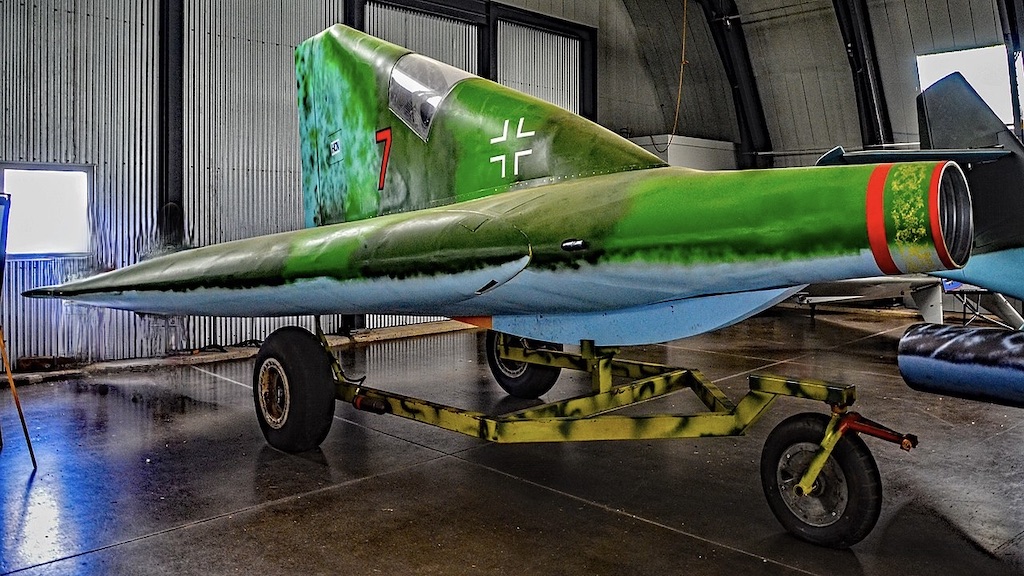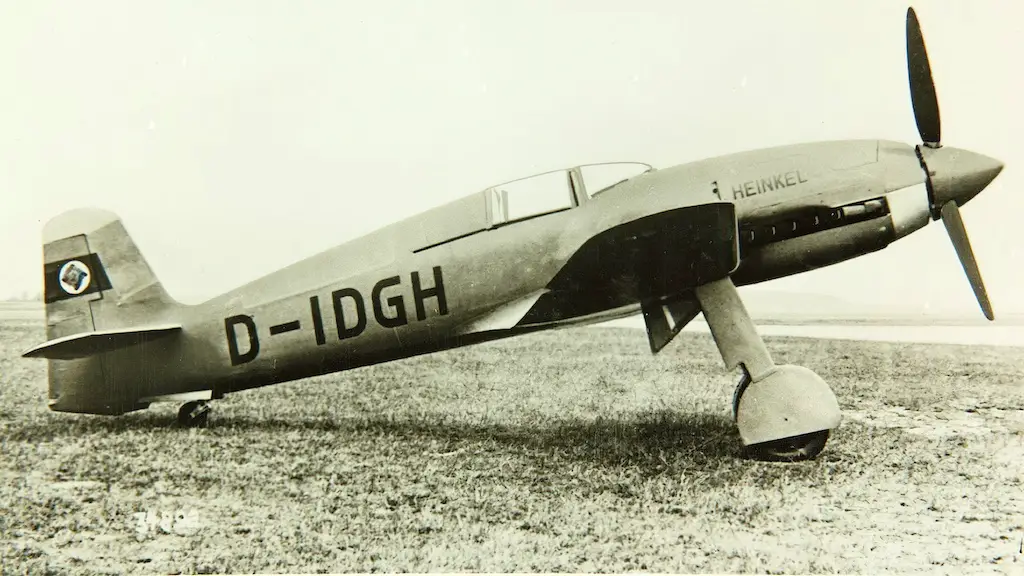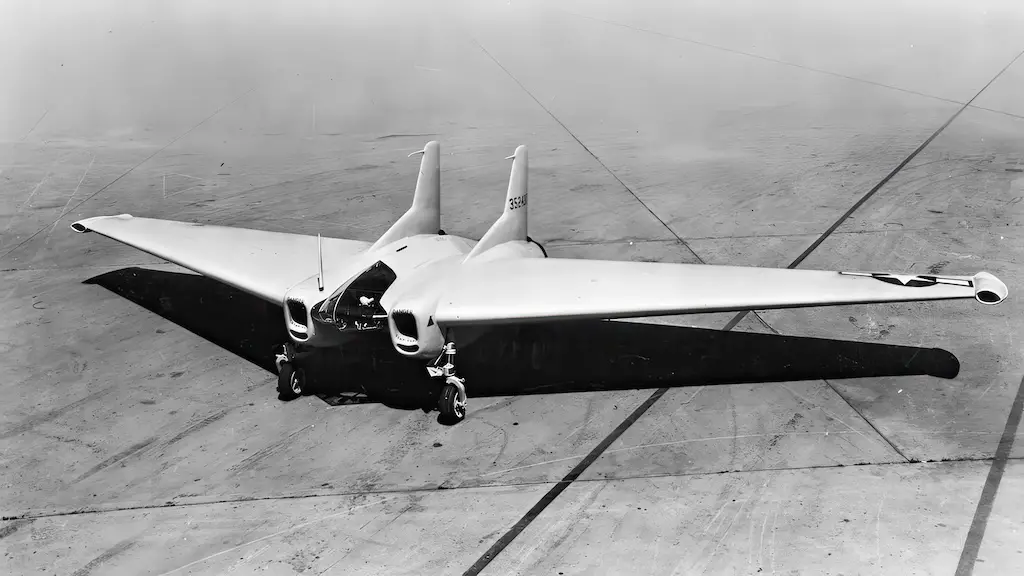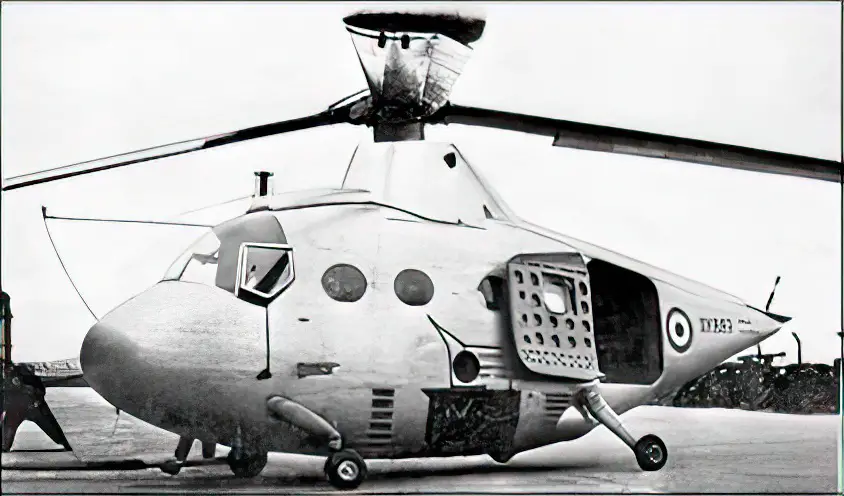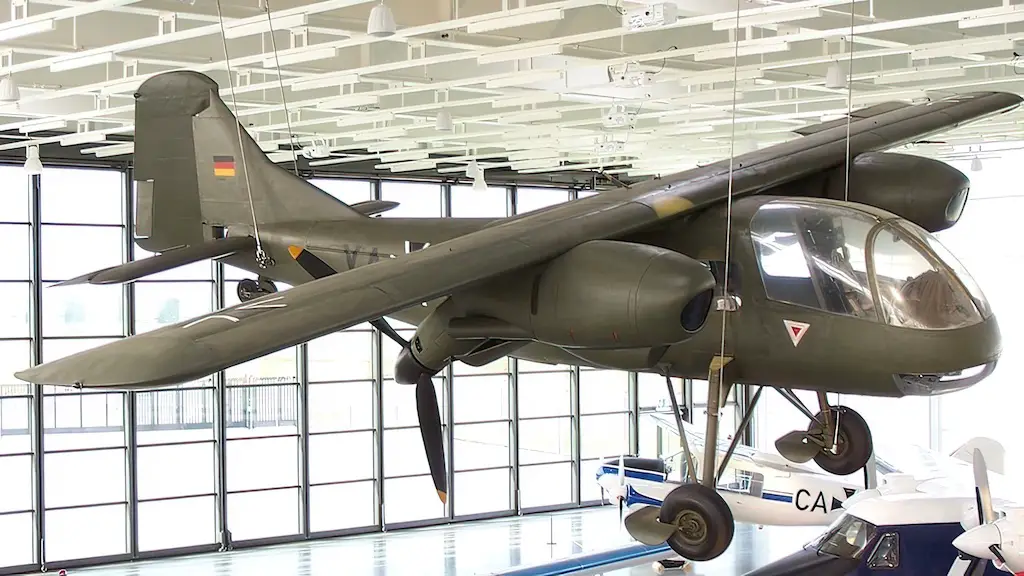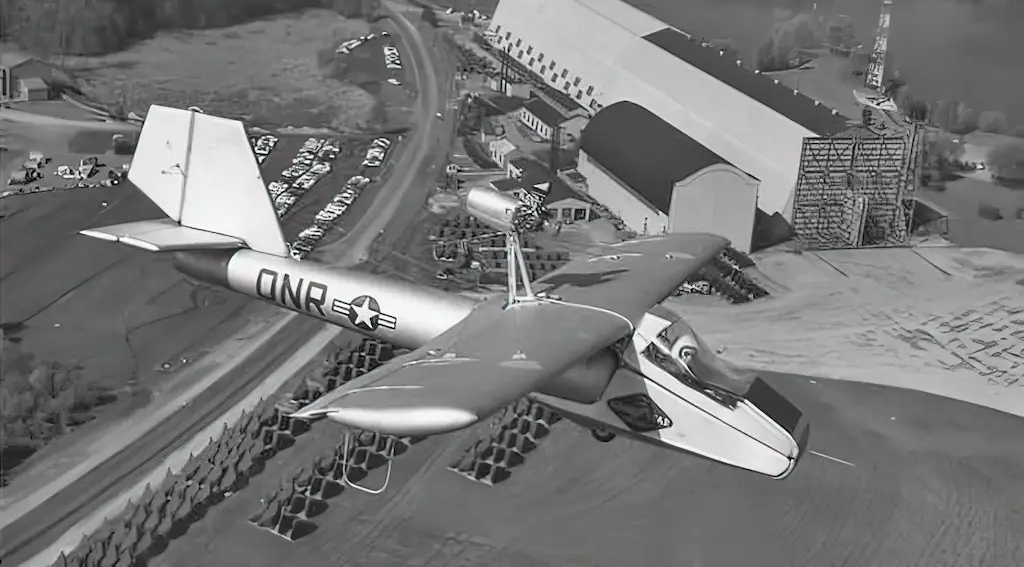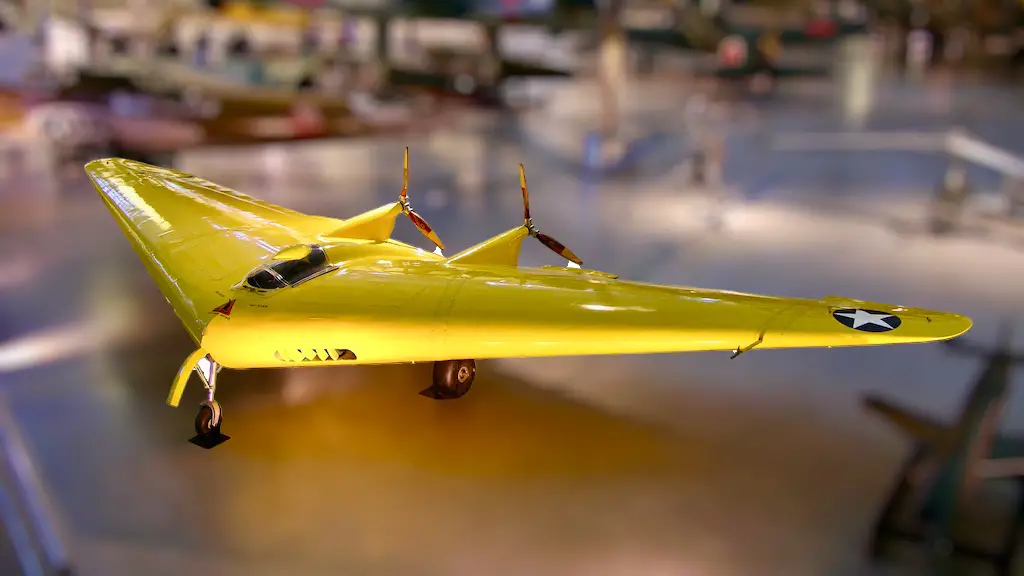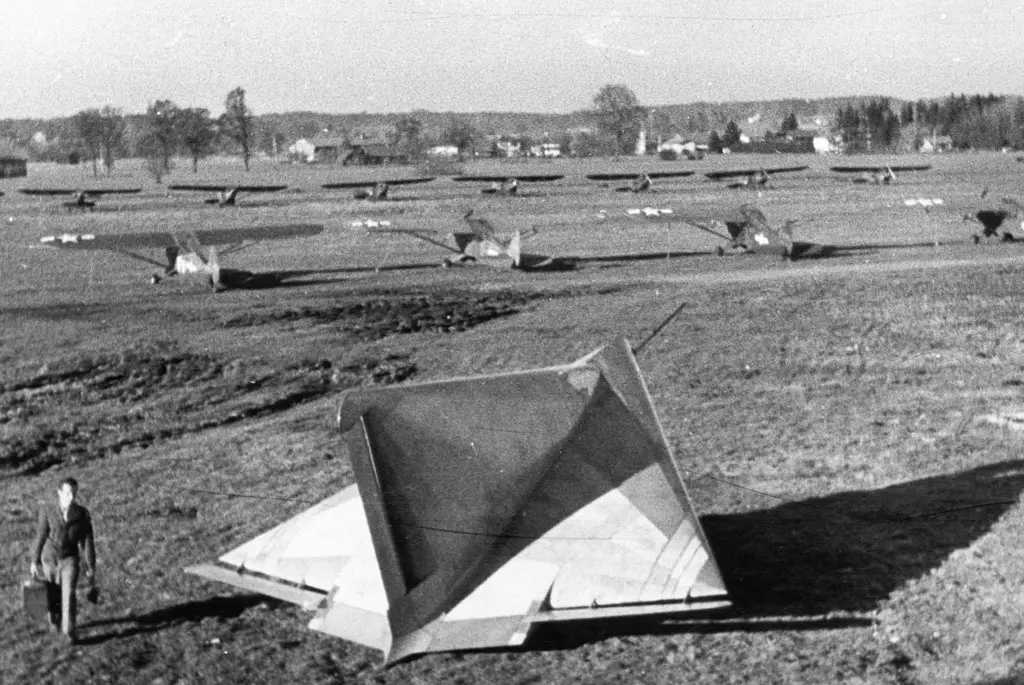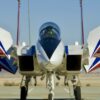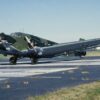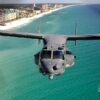During the last years of World War II German aeronautical engineers’ main inspiration was the invention of jet propulsion, while the main requirement set before them by their government was to provide efficient means of countering Allied bombing raids. It was the combination of these two factors that gave life to the so-called Jagernotprogramm or Emergency Fighter Program and produced a plethora of very bold aircraft designs, most of which could be described as point defense interceptors. One of the most interesting among those concepts was the Lippisch P.13a ramjet-powered interceptor.
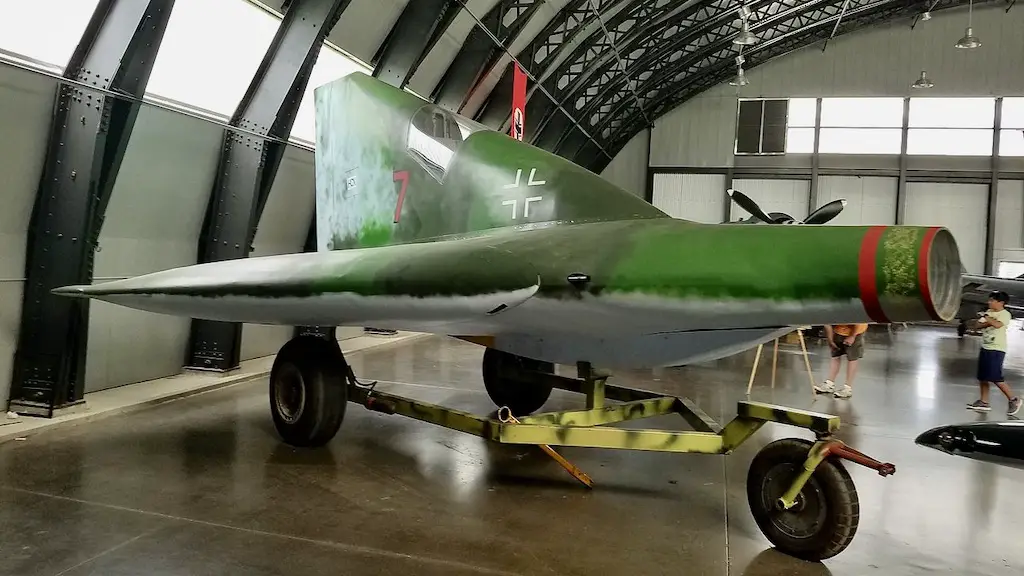
A delta wing champion
The P.13’s father was Alexander Lippisch, an enthusiastic proponent of delta-shaped wings and tailless aircraft. Throughout the 1930s he built quite a few gliders and powered aircraft featuring one or both of these traits. At the end of the decade Lippisch was employed by Messerschmitt AG to develop the Messerschmitt Me 163 Komet. That rocket-powered tailless interceptor with a heavily swept wing became his most successful WWII-era design. It actually made it to the production line and even saw some combat in the skies of Germany. However, in 1943 Lippisch stopped working with Messerschmitt and moved to Vienna, Austria, where he continued his studies to create a delta-winged, ramjet-powered, tailless interceptor with a supersonic capability.
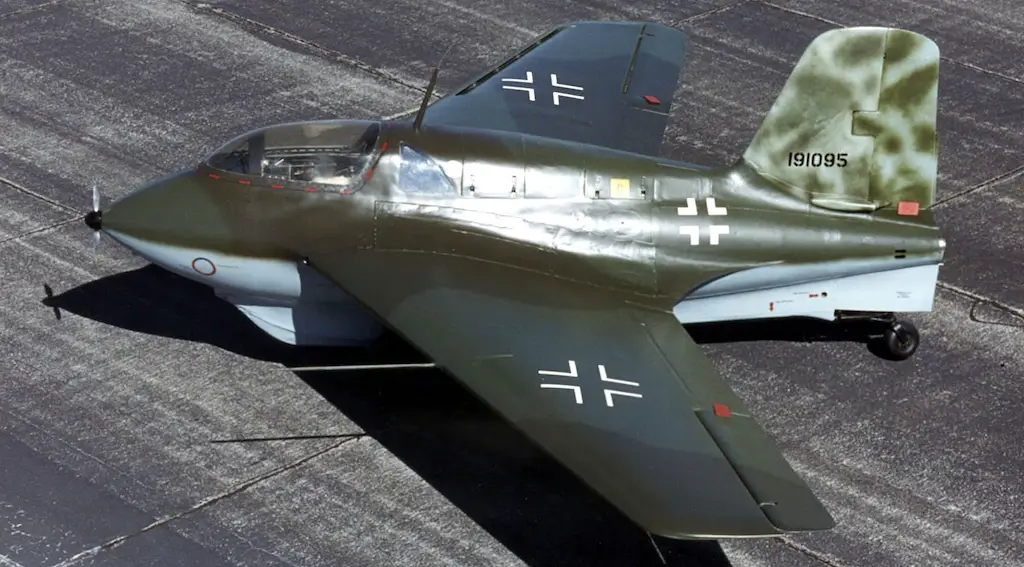
A coal-burning interceptor
In the last war years Lippisch prepared a couple of design variants of his delta-winged interceptor. The first one, known as P.12, was supposed to use liquid fuel, and the later variant, the P.13a, solid fuel. Specifically, it would use lignite, i.e. brown coal, in the form of small pellets.
The P.13a was essentially a triangle-shaped flying wing, only with a large dorsal rudder. Its wings were swept back at a 60-degree angle, and the nose had a cylindrical intake port. A key feature of the design was a hollow wing with a large part of its interior shaped as a ramjet duct.
Upon being launched from a catapult or a mother aircraft, the P.13a would swiftly approach an Allied bomber formation, choose and attack a target, after which the pilot could either bail out or land using a skid under the fuselage. It’s not clear what armament the P.13a would carry. Actually, it would not necessarily be carrying any weapons, possibly ramming enemy bombers with reinforced wing surfaces instead.
Testing the concept
Wind tunnel tests of P.13a models indicated that the aircraft would be very stable at high speeds, including beyond Mach 2. In late 1944, the wind tunnel tests and test flights of a scale model at Spitzerberg, near Vienna, were followed by the construction of a full-scale piloted unpowered prototype.
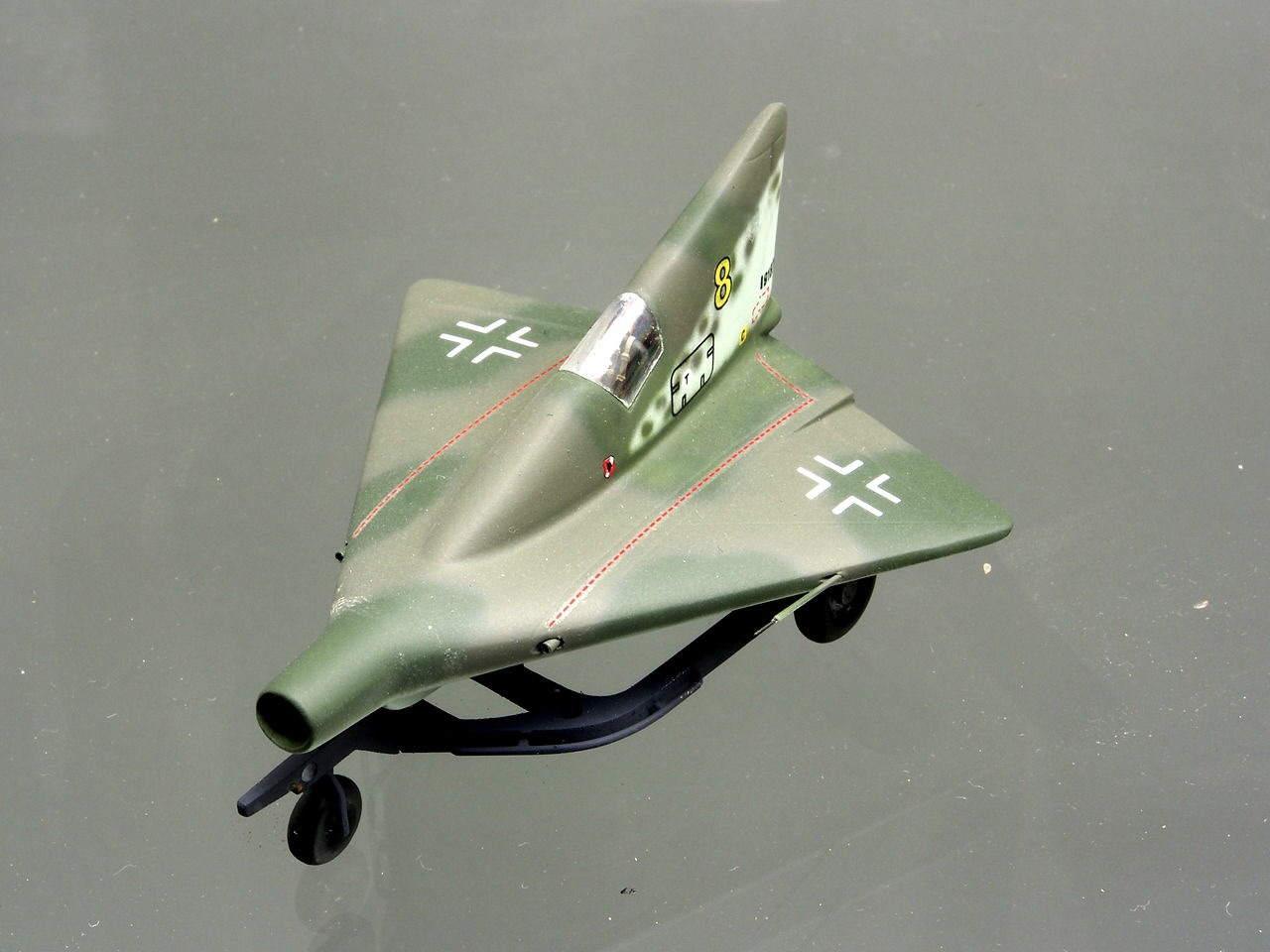
It wasn’t meant to be
Due to the dearth of strategic materials, lack of time and other problems many of Germany’s Emergency Fighter Program projects never really got past the drawing board. The same happened to the Lippisch 13a. The unpowered glider named DM-1 was almost ready, when Munich Prien airfield was occupied by the US troops in early May 1945. The DM-1 glider was as far as Lippisch managed to get with his idea before the war was over.
However, the DM-1 was brought to the US, where it was briefly evaluated by the National Advisory Committee for Aeronautics (NACA). As for Lippisch, he also continued his career in the US in the post-war years.

